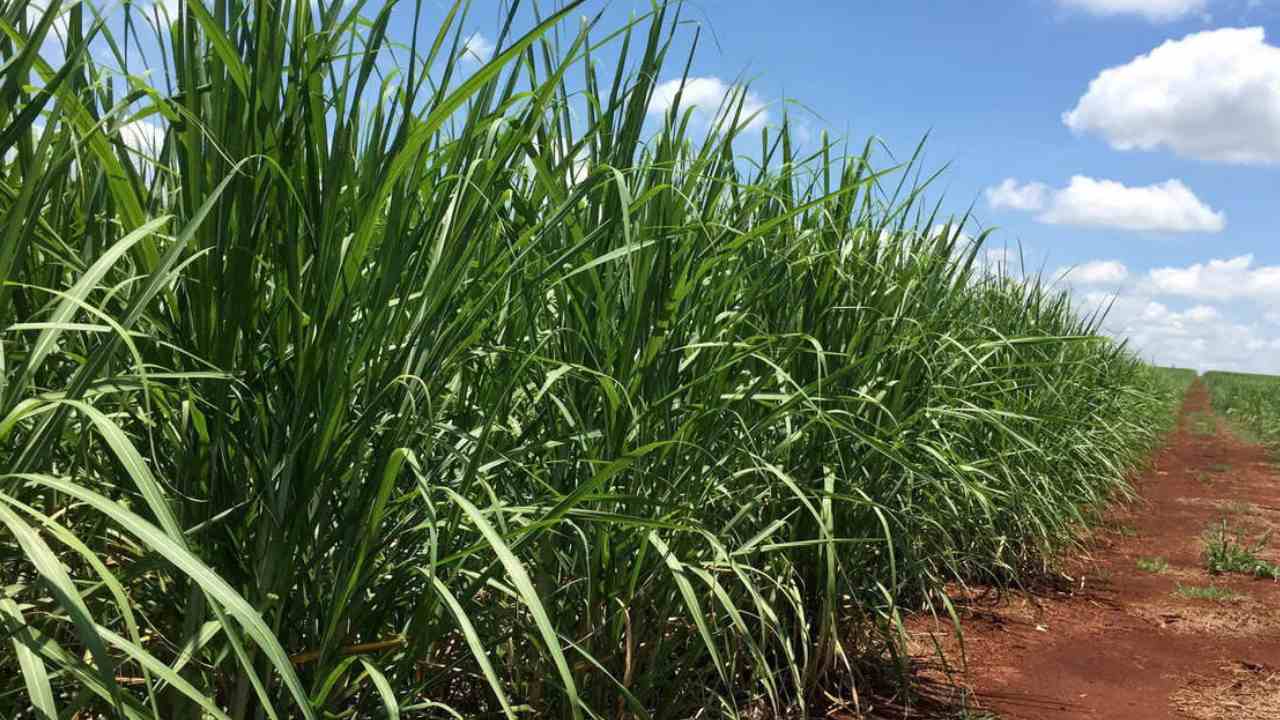He said that the world’s second largest sugar manufacturer could increase exports to 225/226 due to the recycling of the product, he said, adding sugarcane production and reducing the production of two years. “Sugarcane usually gets good returns, but sometimes we cannot plant it due to water shortage,” said Umesh Jagtap, “he cropped on three acres of land in Maharashtra with the leading sugar production in the west.
“This year we had torrential rains in May and it is getting more rainfall. So we are planning to plant more than usual.”
Farmers in Maharashtra and neighboring Karnataka struggle for irrigation in May in May. This year, however, Maharashtra and Karnataka received 1,007% and 234% more rainfall than average respectively.
The crop will benefit from the crop during the season of October 1 // 2 season and will help cultivate for harvest of 126/27, said Prakash Naiknaware, managing director of the National Federation of Cooperative Sugar Factory (NFCSF).
Sugarcane usually takes 10 to 18 months from harvesting. As a result, farmers who start planting this month are expected to get their crop in the 2026/27 season.
NFCSF has estimated the total sugar production in 225/1.
For the marketing year to September 2024/25, India’s net sugar production will be less than the first in eight years.
This decline is caused by the drought of 2023 who cultivated sugarcane and forced to export sugar in 2023/24 and allowed only 1 million tonnes in 2024/25.
During the period from five years to 1/23, India was the world number 2 sugar exporters, on average 6.8 million tonnes per year.
“It seems that the product is going to jump loudly, so in the next season of October, New Delhi may not have any trouble allowing 3 million tonnes of export,” said the World Trade House’s trader in Mumbai.
.

